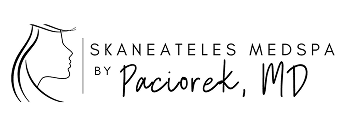I had a great experience with Dr. Paciorek. I was anxious about the surgery and the procedure, and everyone could not have been more kind and comforting. I was always self-conscious about my nose and am already so pleased with the result only one week postop. It was important to me to find a surgeon that was ENT and plastic certified, so Dr. Paciorek was perfect. He and his staff made this a great process for me.
— Real Patient
